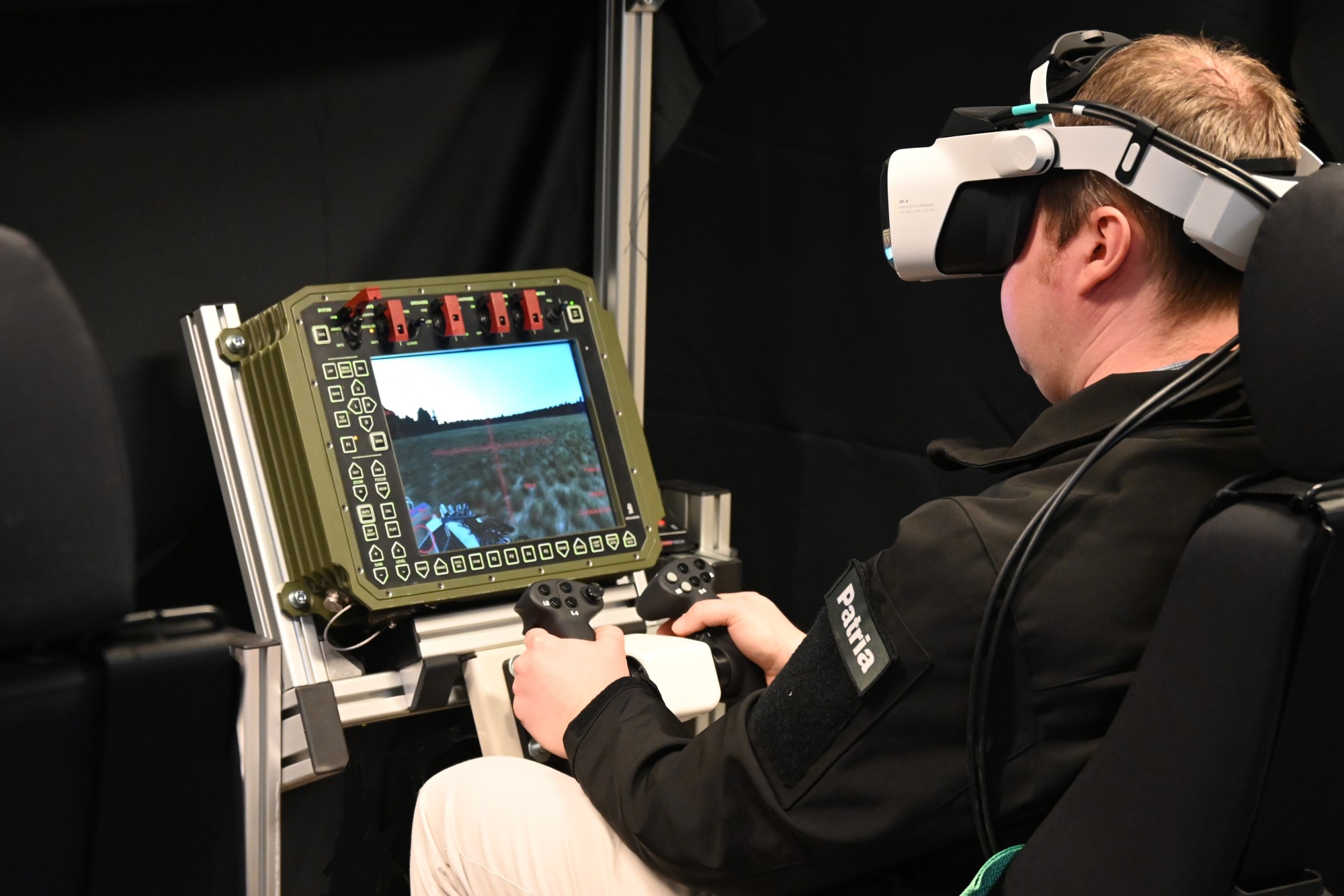

Mixed Reality in JTAC Training: A New Dimension in Defense Preparedness
Reflecting a trend seen in other defense sectors, such as pilot training, headset-based mixed reality simulation is emerging as a new tool to complement traditional training solutions.
The role of a Joint Terminal Attack Controller (JTAC) is critical in the realm of military operations. These qualified service members are entrusted with coordinating the action of combat aircraft during close air support and other air operations.
The training for JTACs is rigorous, incorporating hands-on practice designed to prepare them for the complexities of their role. Reflecting a trend seen in other defense sectors, such as pilot training, headset-based mixed reality simulation is emerging as a new tool to complement traditional training solutions. There are many benefits to adopting a mixed reality training simulator in the JTAC training curriculum. It brings training to the point of need, integrating essential external tools and providing a cost-effective and streamlined solution that doesn’t compromise on quality. In a mixed reality training environment, real and virtual elements can be seamlessly blended together, enabling trainees to navigate the scenario freely by just putting on the headset.
Transporting JTAC Trainees Across the Globe in a Virtual Environment
Within a JTAC training scenario, users are looking to be transported into realistic observation points, which could range from mountain tops overlooking battlefields to dense urban settings. In a mixed reality simulation, the JTAC trainee can be placed in any part of the world, allowing trainees to feel as though they are physically present in the training environment. When they put on the headset, they’re able to experience being in that location while also having access to their tools, such as notebooks, radios, and software that they use to do their job. Having the added availability of external tool integration is essential for effective JTAC training and allows for a seamless integration that maintains a natural flow of operations.
Mixed reality JTAC training also introduces a significant advantage in terms of portability. With a lightweight setup, providers can take XR simulation to the point of need where training takes place to support some of the more traditional training systems in use. This flexibility allows for more frequent deployments of training, offering an efficient alternative to the space and cost constraints sometimes posed by traditional physical simulators, such as large dome solutions.
“If you want the best of both worlds: mixed reality external tool integration and cost effectiveness, this is the answer,” says Andrew Rigato, Mission Systems Operator & TACP JTAC.

Realism Redefined for the Securest of Environments

Within a virtual JTAC training environment, high-resolution and the ability to see fine details are important in order for users to interact with equipment and reference materials during simulations.
“The significance of the Varjo XR-4 is that the resolution of the pass-through cameras gives enough detail that users can read their watch, notebook, maps, radios – all these devices that they are working with,” says Andrew W. Jamison, General Manager at Immersive Display Solutions. “It’s essential that we are able to have enough resolution to be able to resolve and read those things through the cameras.”
“Additionally. the Varjo XR-4 Secure Edition with its TAA compliance is absolutely required for us since most of our customers need to use these in secure environments, and having that offline configuration is a requirement for our customers.”
In JTAC training, trainees are often scanning the horizon looking for aircrafts, looking out over their shoulders, or looking through their peripheral vision, making is crucial for simulations to be equipped with a realistic field of view. “A wider field of view, such as you find in the XR-4, really improves immersion, and once you’re immersed, training improves,” says Oliver Arup, Chief Product Officer at Bohemia Interactive Simulations.
“I think this is a game changer for the industry. I think that mixed reality eventually is going to be the standard utilized for JTAC sims.”
Andrew Rigato - Mission Systems Operator & TAPC JTAC
Setting New Standards in JTAC Training
The adoption of mixed reality in JTAC training is gaining momentum within the industry, one indication of this shift being the MVRsimulation JTAC simulator receiving full accreditation from the Joint Fire Support Executive Steering Committee. It means that the training done in the mixed reality scenario is recognized as official training towards JTAC certification, marking a significant advancement in how military training is conducted.
“It’s really exciting for us to be the first in the industry for a JTAC mixed reality simulator to receive full accreditation,” says W. Garth Smith, President at MVRSimulation.
“The simulator has been judged to be so accurate and realistic that those controls that would normally have to be done in real world can now be done in simulation. It’s a big breakthrough for the industry.”



